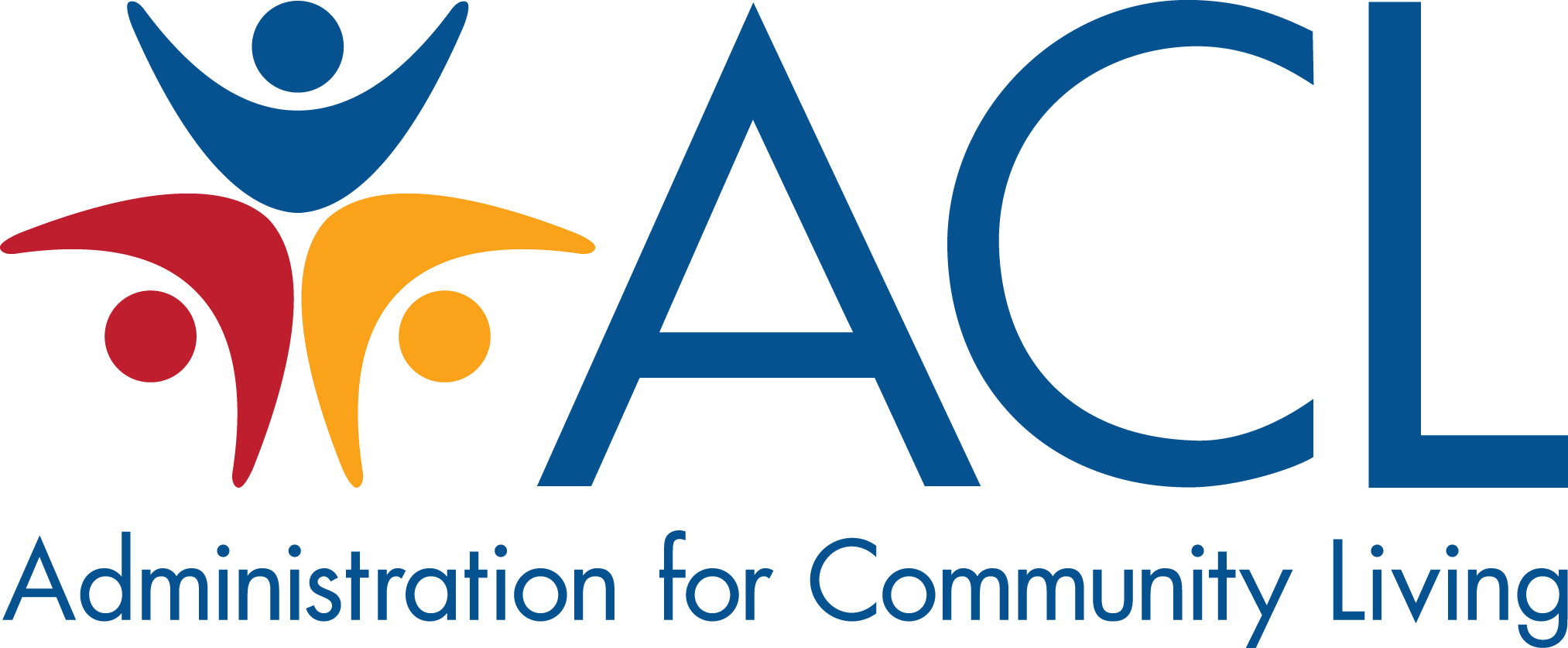By Sharon Lewis, Principal Deputy, Administration for Community Living (ACL)
"How is my child doing?": parents and other caregivers often ask themselves. Several federal projects are underway to support parents and professionals who work with young children in answering this universal question.
Adam’s* Decision
In 2012, “Adam” (not his real name) was fighting an infection in his leg and facing a tough situation.
October 10, 2014 | Wendy Spencer
Whether they’re designing new digital programs to tutor students in mathematics or organizing meal programs for elderly neighbors; whether they’re driving veterans to doctor appointments or visiting patients in nearby hospitals, older Americans are transforming lives and communities across the country.
Over the course of my service as Assistant Secretary for Aging, one imperative has stood above all others: preventing elder abuse. I talk about it every chance I get, and it is something we all need to talk about. Preventing elder abuse must be part of the national conversation about how we care for older Americans.
This Sunday, June 15, is Father’s Day, a day devoted to honoring our fathers—and our father figures—for the love and support they have given us over the course of our lives. Fittingly, it is also World Elder Abuse Awareness Day (WEAAD), a day devoted to raising awareness of a serious world health issue that affects as many as one in ten older Americans.
October 10, 2014 | Sharon Lewis, Principal Deputy Administrator of ACL and Senior Advisor on Disability Policy, HHS
On June 6, 2014, the Secretary of Health and Human Services (HHS) issued important guidance on implementing Section 2402(a) of the Affordable Care Act.
Today, President Obama signed the "Workforce Innovation and Opportunity Act" into law. This bipartisan bill, which recently passed the U.S. Senate by a vote of 95-3 and the U.S.
Twenty-four years ago, the Americans with Disabilities Act (ADA) was signed into law. The law’s passage signaled America’s commitment to achieving equality for all its citizens by providing long overdue protections for people with disabilities.
Every 48 seconds in the U.S., someone becomes paralyzed due to a spinal cord injury. The majority of these injuries are caused by auto accidents, on-the-job incidents, and sports.

